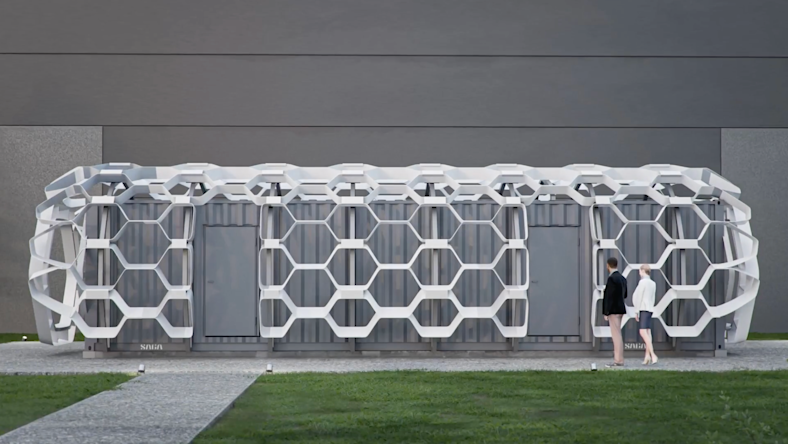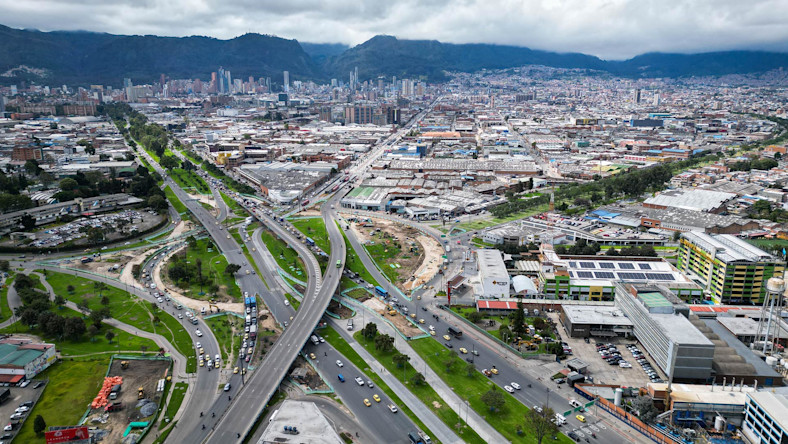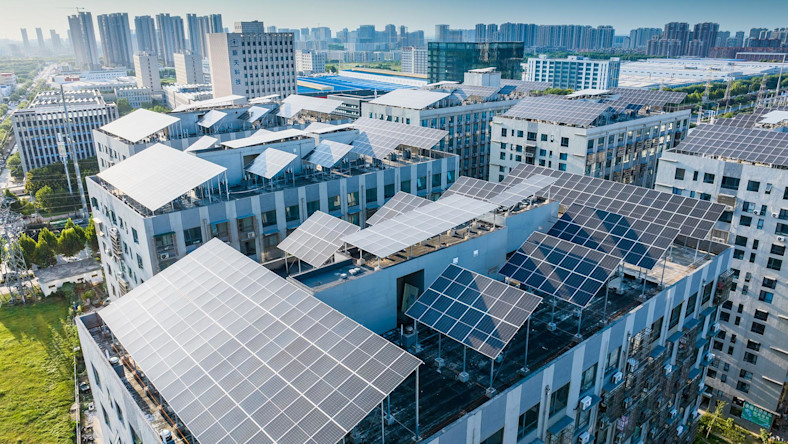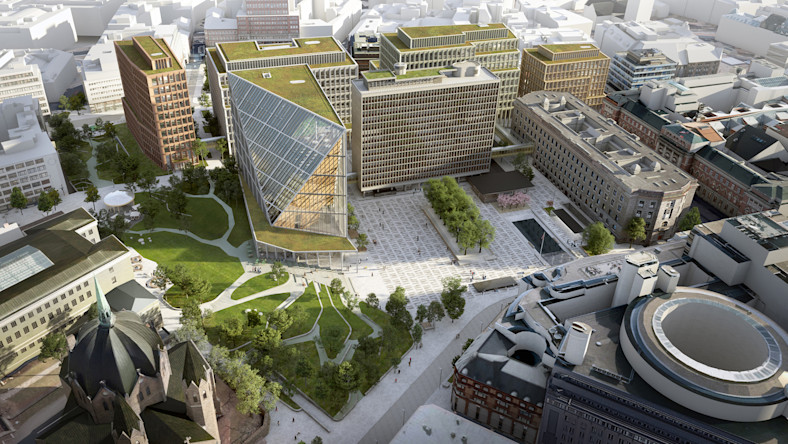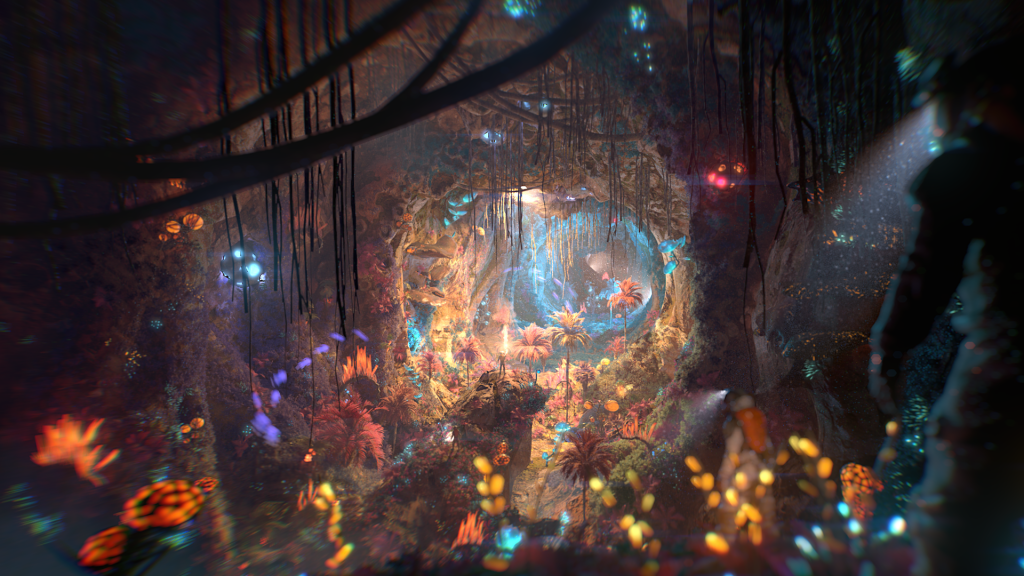& Construction

Integrated BIM tools, including Revit, AutoCAD, and Civil 3D
& Manufacturing

Professional CAD/CAM tools built on Inventor and AutoCAD
Emerging Tech
Image courtesy of IDU.
Emerging Tech
Image courtesy of Norconsult.
Emerging Tech
M&E
Image courtesy of Kugali Media.
M&E
Image courtesy of Netflix.
AECO
Image courtesy of Kaylon Construction.
AECO
Image courtesy of Nordic Office of Architecture.


